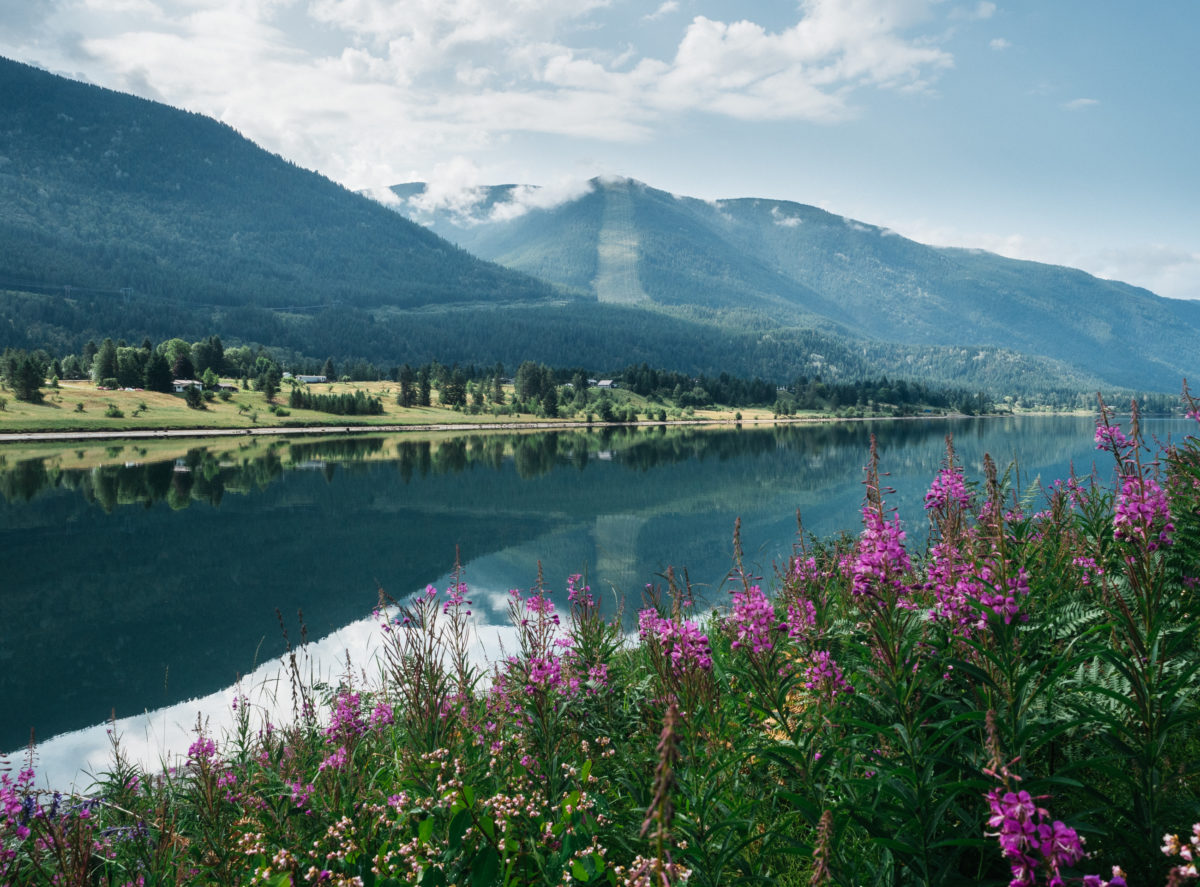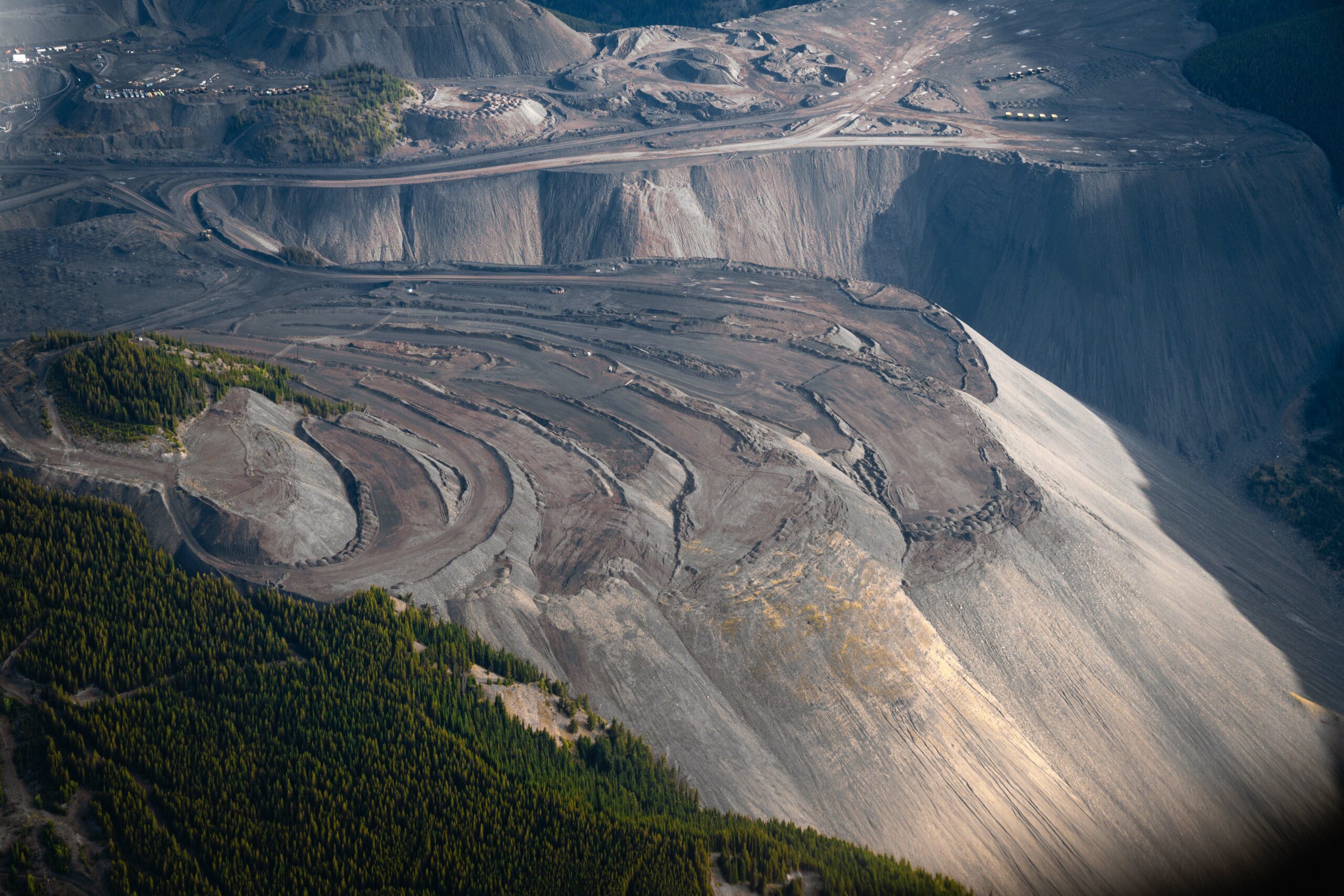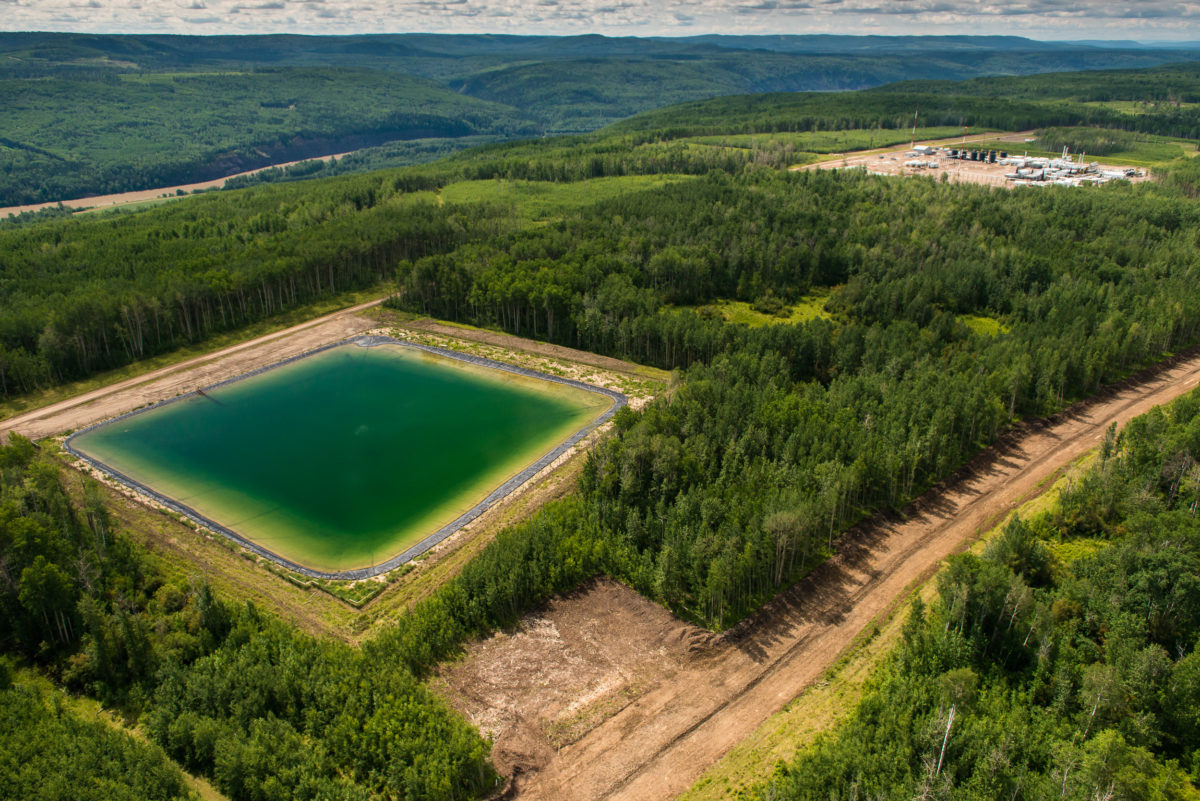
Bill 15: this ‘blank cheque’ legislation could dramatically change how B.C. approves major projects
Premier David Eby says new legislation won’t degrade environmental protections or Indigenous Rights. Critics warn...
B.C.’s biggest industrial water consumers, including mining giant Teck Resources and multinational Rio Tinto, are paying surprisingly low rates for the use of freshwater drawn from the province’s streams, rivers and lakes, according to a new analysis published Wednesday by the Canadian Centre for Policy Alternatives.
Researcher Ben Parfitt tracked water users across 10 major non-residential sectors in B.C. in 2019 and found none of the top 10 industrial users paid more than $5.62 for every Olympic-sized swimming pool’s worth of water, 2,500 cubic metres, it used. One user, the Pye Creek Hatchery located on Vancouver Island, paid just 28 cents.
The research also found major gaps in the way B.C.’s freshwater resources are monitored. The B.C. government rarely requires companies to log and report their actual water use to the province.
“There is no effective way to track the water that has been used, and that is a big concern,” said Parfitt, who is also a contributor to The Narwhal.
“If you’re not tracking, you can’t properly manage the resource.”
He said the lack of reporting requirements means the province is “essentially operating on faith” that these companies will stay within their limits.
Since the province does not make specific water use data available to the public, Parfitt looked at company water licences as well as a provincial water rental fee schedule. He applied the rental fee to the volume of water the company was licensed to use to reach his estimates.

The Glade Creek watershed feeds one of B.C.’s 4,800 known drinking water systems. Researcher Ben Parfitt found industrial water users are drawing up the province’s freshwater resources at little cost and with little reporting requirements. Photo: Louis Bockner / The Narwhal Photo: Louis Bockner
Water rental fees for industrial users were introduced in 2016 through the B.C. Water Sustainability Act, after British Columbians expressed outrage over Nestle bottling water from a B.C. aquifer for free and then later at the price of $2.25 per million litres.
Some critics say the legislation, though a step in the right direction, lacks transparency and doesn’t go far enough to protect valuable drinking water resources. In July 2019, B.C. Auditor General Carol Bellringer warned the B.C. government that it is failing to protect drinking water in the province’s known 4,800 drinking water systems. During the fall election, the BC NDP campaigned on a promise to review the act to ensure that drinking water is protected.
In a statement provided to The Narwhal, a spokesperson with the Ministry of Environment and Climate Change Strategy said the province is working to develop a watershed security strategy as well as a watershed security fund to protect clean water.
“While there are a number of ways current water users are required to report on their quantity of water use under B.C.’s Water Sustainability Act, we know we can strengthen and improve how this is done,” the spokesperson said.
Kukpi7 Judy Wilson, secretary-treasurer of the Union of BC Indian Chiefs and Chief of the Neskonlith Indian Band, called the water rental rates revealed by Parfitt’s research “shocking and unacceptably low.”
“A lot of First Nations struggle to get clean drinking water, and it seems like industry has more access,” she said.
“We need to bring in oversight.”
WestCoast Energy Inc. (a subsidiary of energy company Enbridge), Canadian mining giant Teck Resources, the global mining and refining company Rio Tinto and Catalyst Paper (a subsidiary of
Paper Excellence) were among the province’s top industrial water users in 2019.
WestCoast Energy’s gas plant in Taylor, B.C., was licensed to use 86.68 million cubic metres of water — equivalent to 34,673 Olympic-sized swimming pools — in 2019. Parfitt calculated the company would have paid just under $42,000 for its 2019 water use. WestCoast Energy has since sold the gas plant to NorthRiver Midstream.
Teck Resources’ Highland Valley copper mine in B.C.’s Elk Valley was licensed to use 10.95 million cubic metres of water in 2019, adding up to a cost of just under $25,000. Teck Resources operates four major metallurgical coal mines in the Elk Valley and has come under scrutiny in recent years for a growing selenium contamination crisis, which is affecting fish populations and contaminating drinking water in the region.

Teck Resources is one of the major companies using B.C.’s water at particularly low rates. The company has also been facing increased scrutiny lately for its coal mines in B.C.’s Elk Valley, which are contributing to a selenium contamination crisis. Photo: Callum Gunn
“Responsible water stewardship is a priority for Teck and we take steps to conserve water at all of our operations,” said Chris Stannell, public relations manager for Teck Resources. “In 2019, we recycled and reused water approximately three times at our operations.”
A spokesperson from BC Works, Rio Tinto’s smelter operation in Kitimat, told The Narwhal that “BC Works closely monitors and reports its water usage to the relevant government bodies.”
“Our investment of $6 billion to modernize the Kitimat smelter has delivered reduced overall emissions and more efficient use of resources such as water,” they added.
Graham Kissack, vice president of environment, health and safety and communications at Paper Excellence, told The Narwhal that since the pulp and paper industry uses a two-tier pricing model, all their operations are required to report water use annually to the province.
When the Water Sustainability Act was introduced, the pulp and paper industry took on this model in which companies pay a lower rate if they reach water conservation goals.
“It doesn’t come as a surprise to us that [Catalyst Paper’s Crofton operation] is the largest water user for pulp and paper because it’s B.C.’s largest pulp and paper mill,” Kissack said in an interview. “With that said, we have reduced water usage at the site by about 30 per cent since the 1990s.”
In an interview, Parfitt told The Narwhal increasing rates could give the province funds to hire more staff to monitor the use of B.C.’s valuable water resources.
Right now, the total revenue from industrial water rental fees is just over $100 million a year. Parfitt said even raising the rates by 10 per cent could create a substantial standalone account designated for provincial monitoring and enforcement.
That monitoring and enforcement could prove valuable for industrial water users that can have a high social and environmental impact, like fracking.
Looking at the data, Parfitt found a company called Ovintiv (formerly Encana) was B.C.’s biggest water user for fracking. For all of its fracking operations across the province, the company is licensed to use 2.55 million cubic metres of water, which is the equivalent of 1,020 Olympic-sized swimming pools. Ovintiv did not respond to a request for comment.
Fracking requires the use of enormous amounts of water, which is mixed with chemicals, proppants and is pumped underground at high pressures to free up oil and gas. The number of fracking operations in B.C. have exploded in recent years, placing a growing demand on freshwater and aquifer resources.

Numerous unpermitted freshwater impoundments have been built in B.C. to service the oil and gas industry. Parfitt, whose previous research documented 92 unpermitted dams built to hold water for fracking operations, says more work needs to be done to ensure water used by industry is accurately monitored. Photo: Garth Lenz / The Narwhal
Parfitt, whose research only looked at water withdrawals from freshwater sources and not aquifers, said there is “clear evidence” the fracking industry doesn’t always play by the rules, having found in his previous research at least 92 unauthorize dams were built by the natural gas industry in northeast B.C.
He said B.C. is poised to see “an explosion in fracking activities in the northeast.”
“Under the current circumstances, I feel we can have no confidence that we’re getting accurate reporting on how much water the industry is using,” he added.
In some regions in B.C., fracking wastewater can become contaminated with radioactive materials and cannot be reused or recycled in any way.
Parfitt added that much of the water used by industry cannot be treated and reintroduced to the environment safely.
“That’s a very strong reason for ensuring that the rental rates go way up,” he said, pointing to the lack of treatment for fracking wastewater in B.C. as one example.
Read more: ‘We must protect our water’: B.C. ranchers wage battle over radioactive fracking waste
“The only treatment option [for fracking wastewater] is to pump it deep underground for permanent disposal.” B.C.’s radioactive fracking wastewater is stored in above-ground pits or trucked to salt caves in Saskatchewan for disposal.
Karl Linden, a professor at the University of Colorado’s college of engineering and applied science, has focused his research on water treatment, and frack water in particular. He said it is usually cheaper to inject the water in a disposal well than treating and reusing it, but then “it is gone from the hydrologic cycle forever.”
Kukpi7 Wilson said permanently contaminating water is especially concerning in the face of climate change.
“We need to be thinking ahead. We need to ensure all people have access to clean drinking water. Water is a source of life and provides for our food security,” she said.
Besides requiring companies to meter and report their water use to the province, Parfitt said there are other “simple things that should be done.”
Right now, most users pay a flat amount for the amount of water they are licensed to use. Parfitt said companies should pay based on actual use rather than licenced amounts.
He also recommended that a portion of all collected water revenues go toward watershed planning.
In its statement to The Narwhal, the Ministry of Environment and Climate Change Strategy said it would undertake an assessment of funding options to support the creation of a new watershed security strategy.
Lastly, Parfitt called on the province to undertake a review of the fracking industry and its projected water use, and another review of all industrial water rates. He said that review should consider the value of expanding the two-tiered pricing model used by the pulp and paper industry.
Kissack, from Paper Excellence, said he couldn’t comment how feasible it would be for other industries to take on the model, but that “it’s a good policy” that encourages conservation, which is “always a good thing.”
In addition to policy changes, Kukpi7 Wilson emphasized the importance of cultural and societal change.
“People need to understand the importance of water. It should not be treated as a commodity,” she said. “We have to treat our water respectfully.”
Update Feb. 4, 2021 at 5:22 p.m. PST: This article was updated to include comment from B.C.’s Ministry of Environment and Climate Change Strategy.
Update Feb. 5, 2021 at 1:59 p.m. PST: This article was updated to note that Nestle withdraws water from a B.C. aquifer, not a river.
Get the inside scoop on The Narwhal’s environment and climate reporting by signing up for our free newsletter. On a warm September evening nearly 15...
Continue reading
Premier David Eby says new legislation won’t degrade environmental protections or Indigenous Rights. Critics warn...

Between a fresh take on engagement and our new life on video, our team is...

The public has a few days left to comment on Doug Ford’s omnibus development bill....
